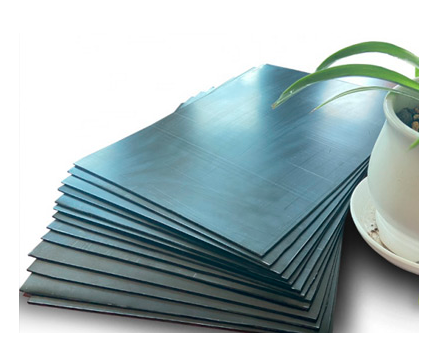- Understanding the Role of Geomembrane Liners in Waste Management
- Innovations in Geomembrane Liners for Water Management
- Geomembrane Liners: A Comprehensive Guide
- The Future of Geomembrane Liners in Civil Engineering
- Geomembrane Liners: Enhancing Landfill Stability
Manager:
WhatsApp:+86 177 0135 2670
Tel:+86 177 0135 2670
Email:marketing@okorder.com
Address:3rd Floor, No.2 Building, No.1 Sanlihe Road
The Marvel of Geomembrane Materials: A Modern Engineering Enigma
In modern engineering, there is a material that is as fascinating as it is functional—a material that has silently turned into an environmental savior and changed the face of sustainable infrastructure development. These are geomembrane materials, the unsung heroes of civil engineering.
Unveiling the Essence: What Are Geomembrane Materials?
Before we go further into what geomembrane materials are, let’s first comprehend their meaning. In essence, this kind of material describes any type of a waterproof membrane which is made from polymers and designed to prevent liquid and gas flow through it. They form silent guards for various uses ranging from hazardous waste management to water retention purposes.

A Comprehensive Review: Applications and Evolution
Reviewing geosynthetic containment systems extensively shows broad utilization in hydro power plants serving as rehabilitation and mitigation technology. Over the years these systems have transformed from being mere pond liners to critical components involved in maintenance, rehabilitation and expansion works at hydropower facilities. The journey of geomembranes since they were used for hydraulic canals until today when they are used in construction dams, hydraulic tunnels, pressure waterways including surge shafts indicates their flexibility and resilience.
The Versatility of HDPE, PVC, and EPDM
There are three most common types that dominate when discussing about such substances as geomembrane materials; namely High-Density Polyethylene (HDPE), Polyvinyl Chloride (PVC) and Ethylene Propylene Diene Monomer (EPDM). Each fabric possesses unique features specific to different applications.
For example landfills require hdpe Geomembranes due to their excellent resistance against chemicals or deterioration. To some extent they really get exposure to sunlight among other harsh climatic conditions.
pvc geomembranes that are known for flexibleness become the solution where with respect to irregular locations have been done their application including landscaping and roofing systems.
EPDM geomembranes which have proved to be highly resistant to temperatures together with their high values of elongation are preferred in areas where both durability and flexibility matters.
The Protective Role of Geomembrane Materials
The protective role that geomembrane materials play cannot be overemphasized. In environmental science applications as well as geotechnical engineering, barriers like these prevent the entry of pollutants into groundwater and soil. Landfills require HDPE geomembranes for example that form secure liners preventing polluting the surrounding land.
Pond Liners and Beyond
Without going any further, one can already state that pond liners made of such materials as geomembrane add beauty to recreational or decorative lakes. By ensuring water containment and preventing seepage, they promote water conservation which is very crucial at a time when world is short of water.
Mining and Aquaculture: Unconventional Applications
In the mining industry, these are used for lining tailings ponds so as to prevent harmful chemicals from leaching into the environment. Similarly, these membranes also maintain water quality in ponds used for fish rearing by keeping off all other substances but allowing oxygen through; hence supporting fish farming including shrimp culture anywhere in the world.
What Will Happen in Geomembrane Materials in Future?
Since the role of geomembrane materials in environmental protection and infrastructure development is to expand, we are turning our gaze towards the future. With increasing concerns about sustainability and environment, these adaptable materials may have a greater demand. This will be achieved through advancements made by material science to improve their performance capability, durability and their ability to fit into the environment.
In Conclusion: One Fabric, Many Uses
Geomembrane materials are not just building materials; they are also emblems that prophesy a sustainable tomorrow. They form the framework of contemporary engineering technology, environmental management and scientific advancement. As we continue to search for new forms of application while refining existing ones, geomembrane materials will always be on top list as we strive for a functional world which is environmentally friendly .
In this journey of innovation and application, “geomembrane materials” is not just a keyword but it is more than that; it leads us towards an era where human creativity blends with ecological accountability. Finally, let us never forget that they are the invisible partners who assist us in seeking out new horizons since they ensure our structures remain strong as well as our water remains clean all along.
- Previous:Embracing Innovation: The Firestone Geomembrane Journey
- Next:THE PROTECTIVE EMBRACE OF GEOMEMBRANE FOR PONDS: A MODERN ENGINEERING MARVEL.
-
2024-12-05Geomembrane Liners: A Comprehensive Guide






